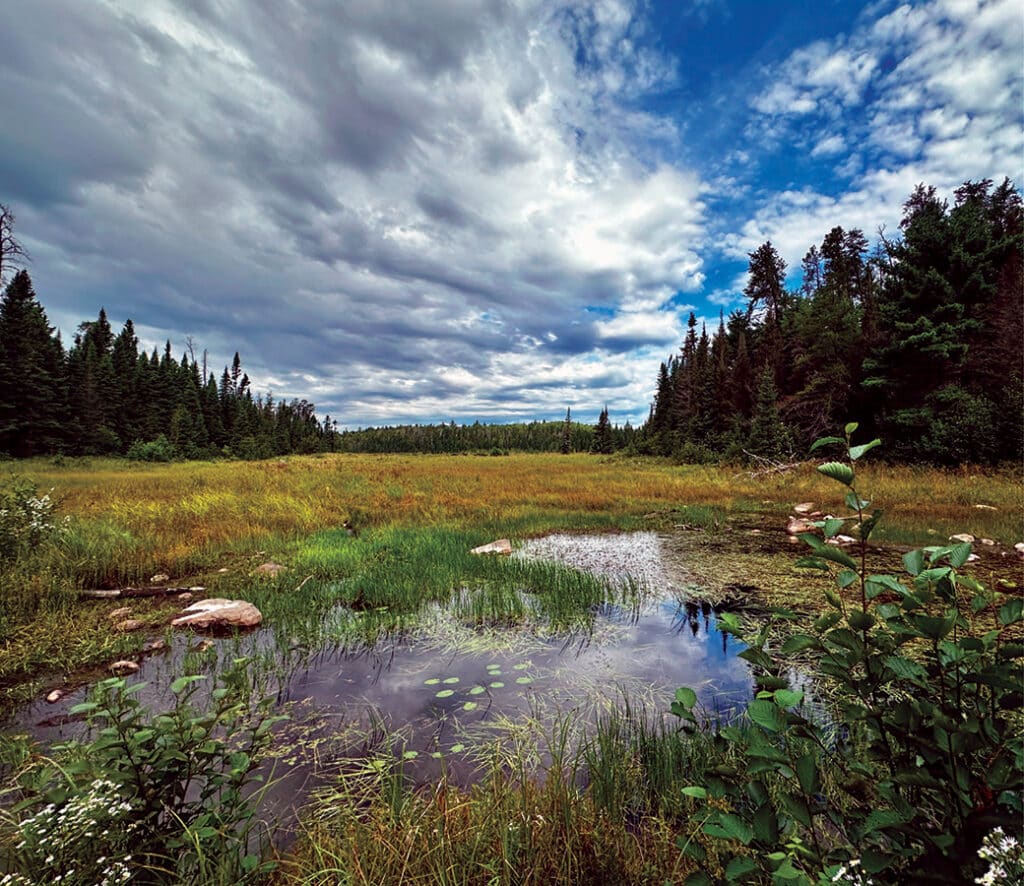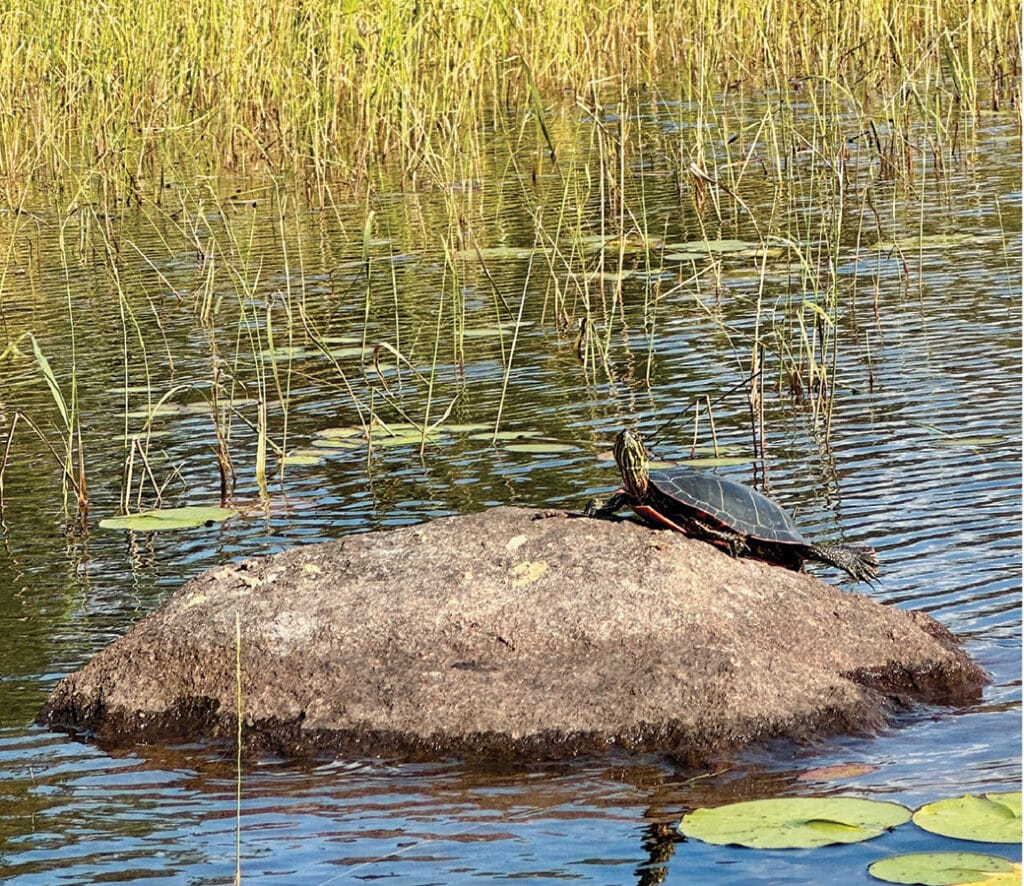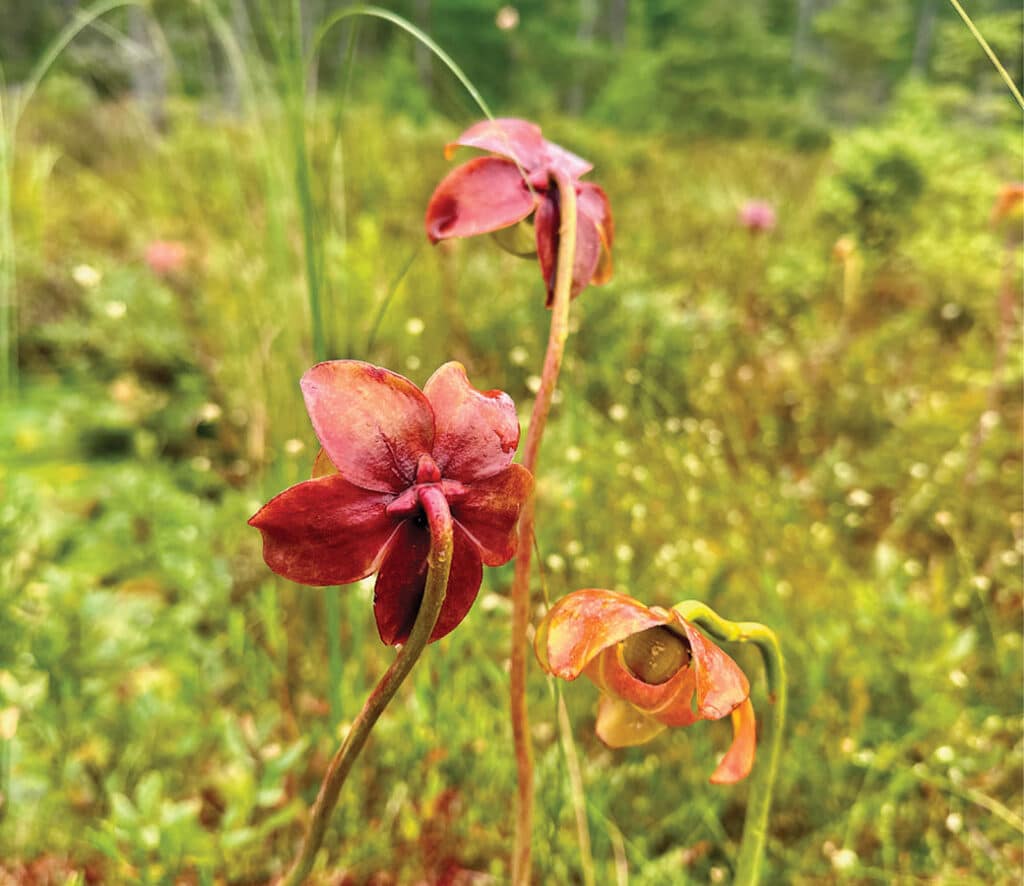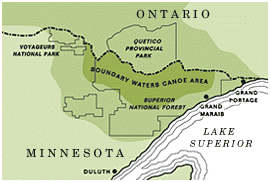
The Nature Conservancy is actively working to acquire 12,350 acres north of Two Harbors. It would be their largest land acquisition in over 20 years. This property lies near the Sand Lake/Seven Beavers Preserve and just north of the Finland State Forest. If it moves forward, it will connect with neighboring preserves, expanding a continuous ecosystem of protected forest and wetlands.
In northern Minnesota, a vast network of wetlands stretches across the landscape. The Nature Conservancy (TNC), a global nonprofit, plans to acquire thousands of acres there. If the project proceeds, the property’s southern boundary will lie about 45 miles north of Two Harbors. By preserving places where wildlife and plants can flourish, the organization also supports scientific research and ongoing education.
Ecologically diverse landscape

Boggy peatlands and lowland conifers blanket the landscape in deep green. They began forming around 6,000 years ago when the state’s climate cooled and precipitation increased.
Small ponds within these biomes support a variety of aquatic life, while dense mats of rare sedges, mosses, and pitcher plants cover the wet ground. These hardy species thrive in acidic, saturated, and nutrient-poor conditions.
Birch, aspen, and pine trees offer shelter for a wide variety of wildlife. Because much of this forest remains mostly undisturbed, it serves as prime habitat for black bears, gray wolves, fishers, and lynx. Wetlands across the property attract numerous species of waterfowl. Songbirds nest in the woods that border the bog and feed along the shorelines.
Restoration post-fire
In 2021, the Greenwood Fire swept through the area, burning nearly a third of the property. While intense, the fire played a natural ecological role and opened up new restoration opportunities. Since then, TNC has planted more than 300,000 trees across the region.
Conservation crews focus their efforts on the hardest-hit areas, allowing the rest of the landscape to recover on its own. Through a combination of reforestation and natural recovery, the land is steadily returning to a healthy, resilient state. As part of the recovery, crews conduct controlled burns in the preserves during the spring and fall.
Know before you go
The conservancy provides helpful guidelines for visitors if you visit the SandLake/Seven Beavers Preserve, which is adjacent to the property of interest. Some preserves are open to the public, while others require permission from the conservancy due to the presence of rare plants or sensitive wildlife habitats. This limited access helps protect vulnerable species from disruption. If the TNC acquires the property, the land will remain open to the public for hunting, fishing, and recreation.
By securing this land, TNC will protect more than 40,000 acres of forest, wetlands, and wildlife habitat for future generations of people and animals. To learn more, connect with the TNC and explore ways to get involved. These preserves receive funding through donations, government grants, and impact investments.



More info:
- Help us protect Minnesota’s Northwoods – The Nature Conservancy
- Minnesota Scientific and Natural Areas Pattern Peatlands – Minnesota Department of Natural Resources

